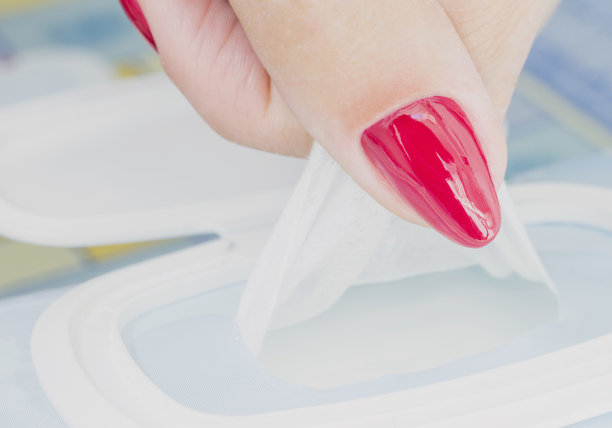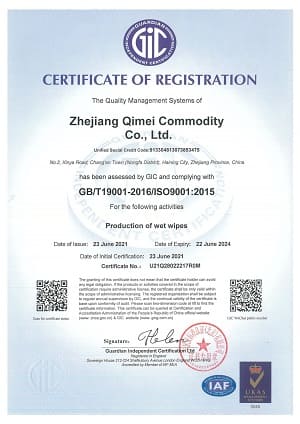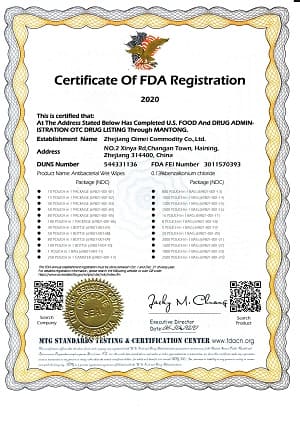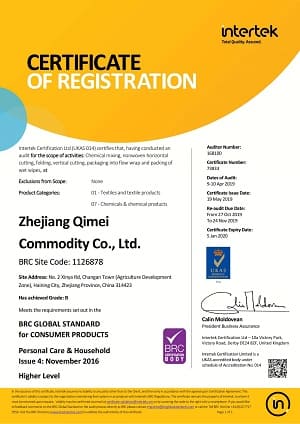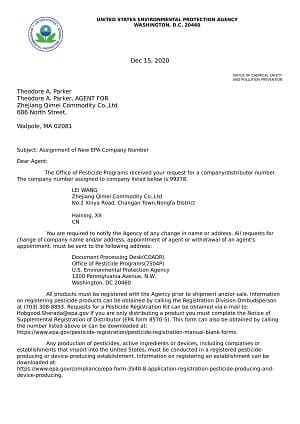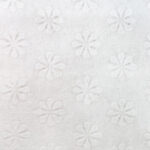Тип ткани из спанлейса: полиэстер, смесь поли-вискозы, бамбуковое волокно, древесная масса (смываемая), хлопковое или соевое волокно (биоразлагаемое)
Плоский или текстурированный (доступен ваш собственный логотип)
Вес: 30-80гсм
1/10/30/80/100/120/160 шт/упак.
Одноразовые ароматические салфетки обычно меньше по размеру: от нескольких квадратных дюймов до нескольких квадратных футов, тогда как более крупные многоразовые салфетки могут достигать нескольких футов в длину и ширину.
1. Пластиковый многоразовый пакет: это наиболее распространенный тип упаковки влажных салфеток. Он сделан из пластика и имеет застегивающуюся полоску сверху, чтобы салфетки оставались свежими и влажными.
2. Контейнер с откидной крышкой. Этот тип упаковки состоит из пластикового контейнера с откидной крышкой, которую можно открывать и закрывать для доступа к салфеткам.
3. Мягкая упаковка с пластиковой откидной крышкой: Подобно контейнеру с откидной крышкой, эта упаковка поставляется в мягкой упаковке и имеет пластиковую откидную крышку для легкого доступа.
4. Всплывающий дозатор: этот тип упаковки оснащен выдвижным механизмом выдачи, который вытягивает по одной салфетке за раз.
5. Дорожный пакет. Небольшая упаковка, предназначенная для использования в дороге, часто имеет пластиковую защелку.
6. Одноразовая упаковка: эти влажные салфетки поставляются в небольших герметичных упаковках, которые удобны для путешествий или активного отдыха.
7. Запасной пакет: эта упаковка большего размера предназначена для заправки других контейнеров для влажных салфеток и обычно имеет закрывающееся отверстие.
Нетканый материал: это материал, из которого изготовлена сама салфетка. Нетканые материалы обычно изготавливаются из синтетических волокон, таких как полиэстер или полипропилен, или натуральных волокон, таких как хлопок или бамбук.
Вода: вода используется для увлажнения салфеток и обеспечения среды для других ингредиентов.
Ароматизаторы: ароматические салфетки пропитаны ароматизаторами или ароматизаторами, которые придают свежий или чистый запах. Эти ароматы могут быть синтетическими или полученными из натуральных источников.
Консерванты: в ароматические салфетки добавляются консерванты, чтобы предотвратить рост бактерий и плесени. Обычные консерванты, используемые в салфетках, включают метилпарабен и пропилпарабен.
Поверхностно-активные вещества: Поверхностно-активные вещества используются для очистки поверхностей путем разрушения грязи и копоти. Они также помогают равномерно распределить аромат по салфетке. Обычные поверхностно-активные вещества, используемые в ароматических салфетках, включают лауретсульфат натрия и кокамидопропилбетаин.
Эмульгаторы. Эмульгаторы используются для смешивания ингредиентов, которые не смешиваются естественным путем, например масла и воды. Они помогают обеспечить равномерное распределение ароматизатора и поверхностно-активных веществ по салфетке.
Регуляторы pH: Регуляторы pH используются для обеспечения того, чтобы салфетка имела соответствующий уровень pH для предполагаемого использования. Например, салфетки, предназначенные для использования на коже, могут иметь более низкий pH, чтобы избежать раздражения, тогда как салфетки, предназначенные для использования на твердых поверхностях, могут иметь более высокий pH для повышения эффективности очистки. Обычно регуляторы pH, используемые в ароматических салфетках, включают лимонную кислоту и гидроксид натрия.
Надлежащая производственная практика (GMP): GMP — это набор руководящих принципов, которые гарантируют, что продукция производится последовательно и соответствует стандартам качества. Соблюдение GMP часто требуется регулирующими органами во многих странах.
Правила Агентства по охране окружающей среды (EPA): В Соединенных Штатах ароматические салфетки, которые продаются как дезинфицирующие средства, подпадают под действие правил EPA. Эти правила требуют от производителей регистрировать свою продукцию в EPA и гарантировать, что она соответствует конкретным стандартам эффективности и безопасности.
Правила Европейского Союза: В Европейском Союзе ароматические салфетки подпадают под действие Регламента о биоцидных продуктах (BPR), который требует от производителей регистрировать свою продукцию и демонстрировать ее безопасность и эффективность.
Сертификаты Международной организации по стандартизации (ISO): Сертификаты ISO, такие как ISO 9001 и ISO 13485, являются международно признанными стандартами, которые демонстрируют приверженность производителя управлению качеством и безопасности продукции.
Паспорта безопасности (SDS). Производители обязаны предоставлять паспорта безопасности на свою продукцию. Эти документы содержат информацию об ингредиентах, потенциальных опасностях и процедурах безопасного обращения с продуктом.
